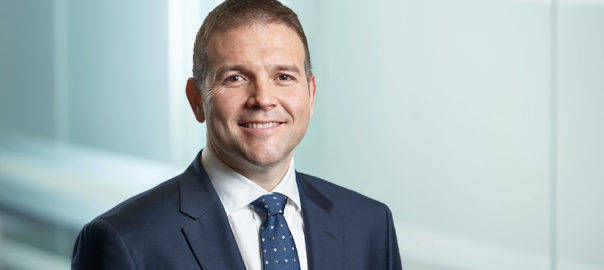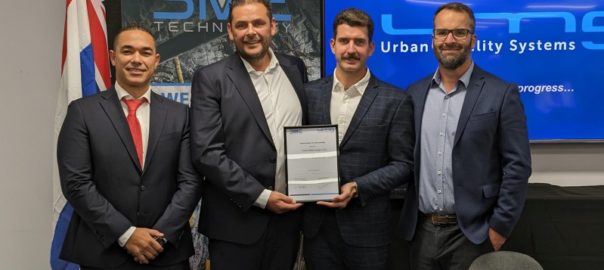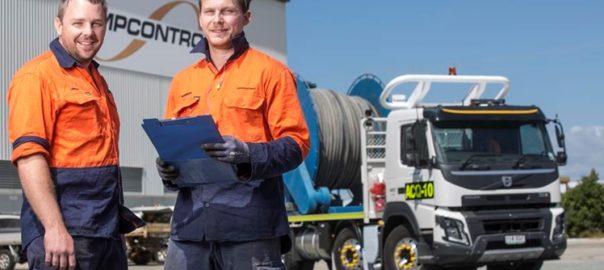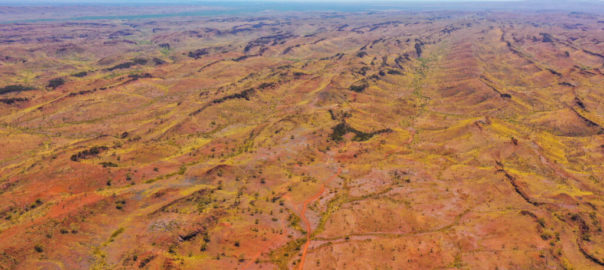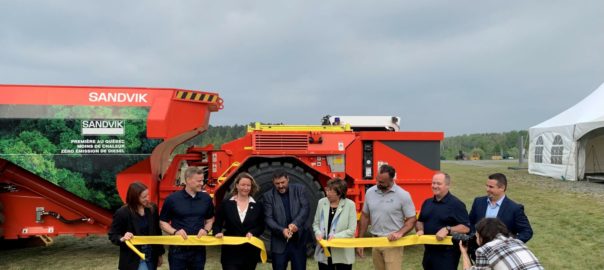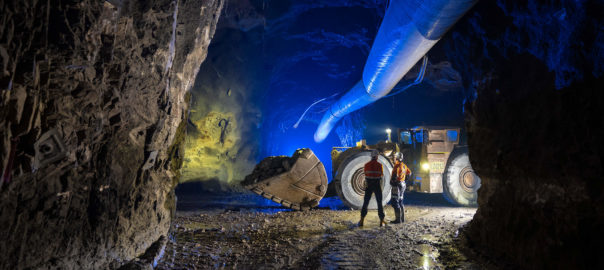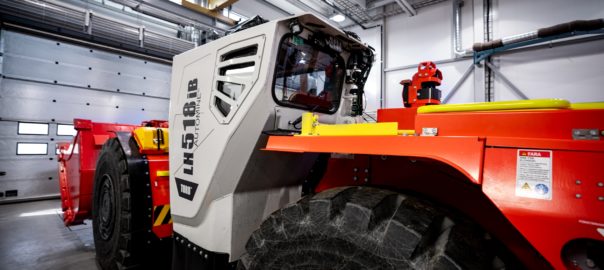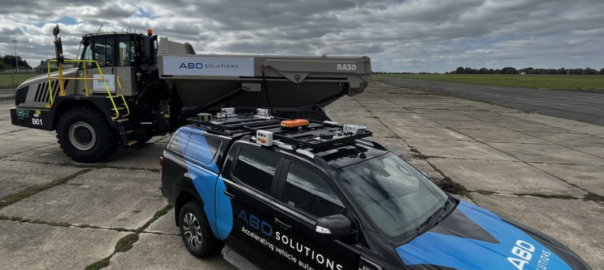Perenti continues to make inroads across the mining value chain, reflected of late with the recent acquisition of DDH1, record 2023 financial year results and deployment of some of its initial artificial intelligence-backed solutions from the idoba technology business.
Against this busy backdrop and a keynote address at IMARC in Sydney, IM caught up with Mark Norwell, Managing Director & CEO of Perenti, to talk technology in the mining services space.
IM: The contract mining and mining services business is a very competitive space (especially in Australia). How are you readily leveraging technology for your mining clients as a competitive advantage?
MN: The industry has always been competitive, and that global competition continues to evolve.
I would say Barminco has been at the top of the game for three decades. Having that technical competence, the process, the scale and the people drives competitive advantage in its own right. As we have seen some shift in technology and new technology initiatives, the adoption has added to productivity and, therefore, our competitive advantage has grown again.
In terms of how we are adopting technology, there are a couple of areas to mention.
To come back to Barminco, one aspect has been through deploying point solutions for productivity improvement. This has been ongoing and part of our DNA.
More broadly, when we launched the idoba technology division a few years ago, we took the view that as we see greater shifts and acceleration of technology opportunities in mining, we needed the internal capability to drive that change from the inside out; not from the outside in.
We have the deep domain expertise in mining that, when combined with our technology business, further improves our existing contracting services, as well as creates new potential lines of business.
The differentiator for idoba is the ability to develop products and trial them within our own captive ‘sandpit’. A lot of technology companies don’t have this option. They develop solutions and go to mining companies with a great idea that lacks the evidence of trial data needed for many mining companies to implement the solutions. As a result, the trials never get off the ground. We don’t have that problem given we have operations – and supporting clients with matching values – to allow us to trial products in the field. This has been witnessed of late where we are rolling out some products to test across our underground mines in Australia (idoba recently announced that its Mine Performance Navigator AI-powered decision-support and analysis tool had been rolled out to a dozen underground Barminco-operated mine sites).
IM: In terms of automation, digitalisation/digitisation and electrification, where are you looking to take the lead for your mining clients?
MN: They are all interconnected to some extent. Digitisation, for example, really drives the value from deploying automation and electrification. That digital platform is imperative for mines of the future and is where idoba comes into play.
We want to be at the forefront with digitisation and the digital platform; likewise with electrification.
With our Barminco business, we are one of the world leaders in hard-rock underground mining, and electrification just makes sense for underground hard-rock mines – there are so many benefits. What’s also important is the collaboration associated with that. We heard this week from Perenti, ABB and IGO on the IMARC panel discussion that no-one has all of the capabilities to effectively electrify a mine, so choosing partners is crucial to execution.
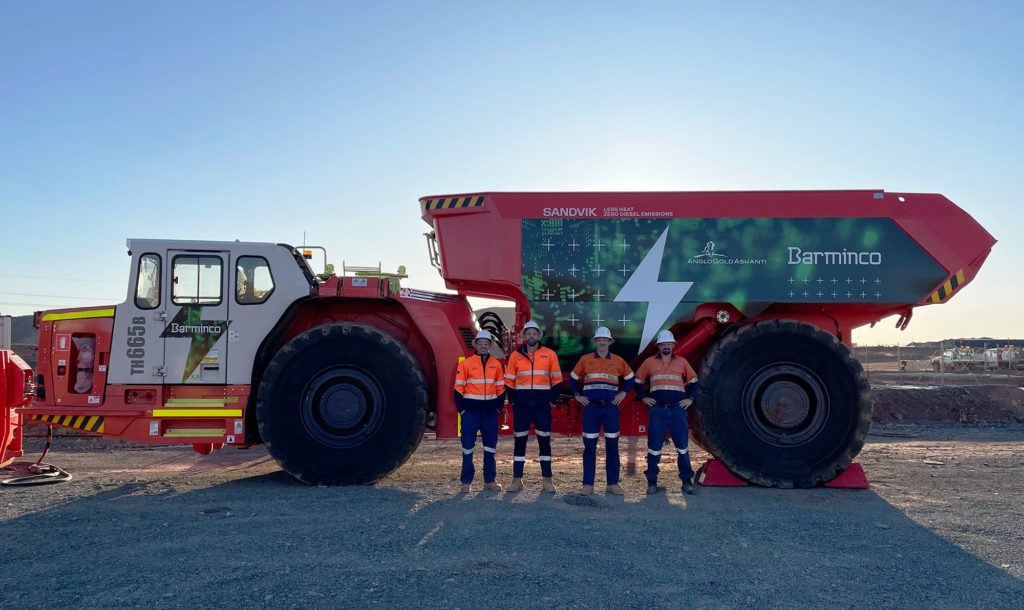
When it comes to automation, it is an area we are working through. We have established teleremote and remote operating centres in the recent past – operating multiple machines at remote mine sites from Perth, for example – but, at this stage, we are not accelerating these developments at the same pace as electrification and digitisation due to timing really being of the essence for these two.
Saying that, our work with Sandvik and Newtrax on Level 9 collision intervention is related to this, being a building block of automation more broadly as well as a major game changer from the safety perspective. Once we nail that with a digital platform, we will continue to advance automation more broadly. We are closing in on that with Level 9 collision intervention trials expected to take place in the near term.
When we look at idoba and the work we are doing on DiiMOS (Distributed, Intelligent, Integrated Mining Operating System), we are agnostic to the equipment, the mine planning software and the broader mining processes at play. If we are not agnostic, we could end up locking our clients into one route that potentially ends up destroying value. We are also building out a capability where some clients can pick and choose, or take the full suite, from idoba.
The focus is on providing solutions bespoke to the mine’s needs.
IM: How are you balancing your close relationships with the technology vendors and your own internal technology developments through idoba? Who are the most obvious first customers for the idoba platform?
MN: There is always going to be some overlap and crossover, but we come at this with an operator mindset, where technology can augment this. The OEMs come at it from an equipment mindset with associated technologies to bolt on. The combination and partnership of these two approaches makes sense as you have the equipment, technology and operations covered.
There will be areas where we still have some competition but, ultimately, it is limited.
The full value is going to be generated through how we partner and collaborate with all the companies within the value chain. We have a long history of collaborating with Sandvik, for instance, as well as recent history with ABB, and everyone brings something different to the table. Without that combination of capabilities, we are not going to see the industry shift at the rate it needs to.
Our starting point for idoba will be servicing our current customers as we develop new products and support them on their journey. We will see some clients want more of our solutions than others. As we service our current clients with these, we can take what we have learnt to service new clients. The new clients might be mine operators themselves, where we provide digital solutions as a software-as-a-service. This opens up new potential markets to us, which goes to the broader strategy we set in 2019. This recognises the deep domain expertise we have in mining – which has served us extremely well and is not something everyone has. The plan back then was to leverage this and build out the services beyond that current offering; technology being one of those.
As we develop this new technology, we have learnt that we have the ability to offer lower capital intensity solutions that can serve us well throughout the mining cycles.
IM: Looking at decarbonisation and, more specifically, the agreement you have in place with ABB to ‘reduce the risk and uncertainty of electrifying both green and brownfield operations’; could you talk me through what risk mitigation processes you will be using as part of this? How do you tackle the uncertainty associated with making investments in infrastructure, people and technology against a very ‘fluid’ technology backdrop?
MN: There are a couple of areas that need to be front and centre through that journey. The digital integration platform is one of those – the complexity of what we’re solving for these days is far greater than what we were used to. Whether you are putting in a point solution, or a whole mine to electrify, having a digital platform is critical to making the right decisions at the right time.
As the technology evolves, this digital platform is even more integral to reinforcing decision making. If you go straight to the hardware without the digital backbone and the distributed network of energy needed to electrify, you are setup to fail in the long term.

The other aspect that needs consideration from a risk mitigation perspective is having the leadership and culture in place to see these projects through. Leaders have to be ready to unlearn and relearn throughout this process.
Not only that you need to try to engineer out risk wherever possible through critical trials, a strong operational methodology and an assessment of the causal factors of what can go wrong and where those points are within the design. This could be through a traditional engineering methodology or technology adoption.
IM: You set up the Denver office a few years ago now. Outside of Hemlo and Red Chris, what does the pipeline of opportunities look like in North America? Does this client base require a different type of offering to what you traditionally have in Australia?
MN: We’re currently about A$100 million ($64 million) of revenue between those two agreements. We are looking for that to grow to A$400-500 million over the next three to four years. We see the pipeline in Canada and the US as significant. We have also installed the former head of AUMS in this business, looking to replicate the success we had in Africa over eight years in North America.
It’s fair to say the contractor model for Barminco is well understood in Australia and Africa; more so than in North America. In North America, they have a contract model that tends to be based on a charge-by-the-hour type of agreements, whereas we are looking to bring a technical approach to all our contracting.
At the same time as looking to grow this business, we are conscious of growing too quickly. Bringing in a new mining methodology takes a lot of change management. We don’t want to go too quick and have a misstep.
IM: What about ongoing M&A? Are there still gaps in the portfolio you are looking to fill?
MN: In terms of our strategy, we have said we will continue to build our portfolio to leverage our core competency in mining and adjacent areas to add value. We ultimately want a complete portfolio of businesses that have adjacencies to our core businesses.
We are still open to further M&A as long as it leverages our core capabilities and makes sense to our investors.






